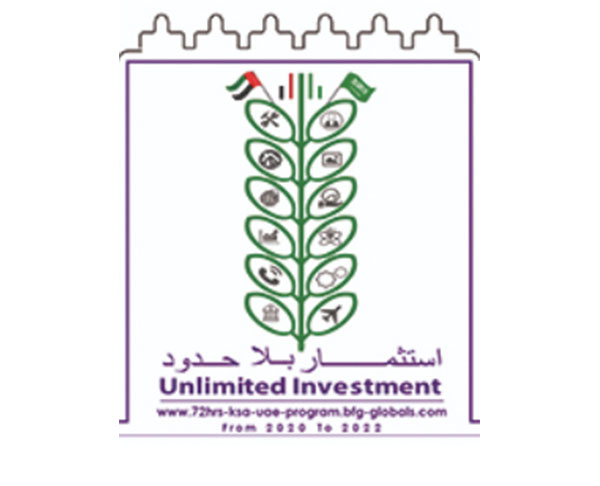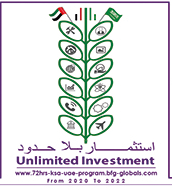On Friday, the dollar climbed, and key US, European, and global stock indexes lingered near record highs as investors accepted major central bank's loose monetary policies and its statement that rising inflation is temporary.
The European Central Bank raised its growth and inflation estimates on Thursday, while also promising a sustained infusion of support for the time being.
The ECB's forecasts drove the pan-regional STOXX Europe 600 index up 0.68 % to an intraday high and record closing of 457.64.
The MSCI world stock index, a worldwide yardstick that measures equities in 50 nations, was trading at breakeven, down 0.03 % after establishing a new intraday high earlier.
Wall Street equities also seesawed at breakeven as investors moved portfolios towards tech stocks after dismissing data on Thursday that showed year-on-year inflation surged to 5.0% in May, a temporary surge.
Many investors were being worried by inflation numbers for the time being, stocks are still superior to bonds during an inflationary environment, according to Rick Meckler, a partner at Cherry Lane Investments in New Vernon, New Jersey.
Investors are gravitating toward technology companies since they do not require raw materials and have a better productivity ratio than other industries.
“There is some fear that there may be some movement from stocks to bonds in the future. However, we appear at the pre-tipping point when bonds do not yield enough to turn people away from stocks,” Meckler added.
The Dow Jones Industrial Average was down 0.17%, the S&P 500 was down 0.01%, and the Nasdaq Composite was up 0.1%.
MSCI's broadest index of Asia-Pacific shares outside Japan climbed 0.3% overnight in Asia.
Yields on 10-year US Treasury notes increased 0.6 basis point to 1.4653%, after previous losses which had set the benchmark for its worst weekly drop in a year.
Treasuries were followed by Eurozone bond yields. Benchmark German 10-year bonds slid 3 basis points to -0.28%, putting them on track for their best week this year. Yields move in the opposite direction of prices.
Falling expectations that rising inflation will result in early Fed tightening caused a flattening of the US yield curve, with the difference between the 10-year and 2-year yields on Friday reaching its tightest since late February. Yields will most certainly rise again as economies recover from pandemic lockdowns.
“We still believe when these economies reopen fully, people would be able to start traveling and spending again,” said Jeremy Gatto, investment manager at Unigestion. “We anticipate seeing a significant boost from the spending side, bond rates will rise.”
The euro and pound fell against the dollar as investors anticipated that interest rates in Europe will remain low for a longer period.
The dollar index increased by 0.57%, while the euro fell by 0.61% to $1.2095. The Japanese yen fell 0.40% against the US dollar to 109.76 per dollar.
Oil prices have risen to multi-year highs, on track for a third consecutive week of increases due to an improving outlook for global demand as improving vaccination coverage contributes to the relaxation of pandemic restrictions.
Brent crude prices were up 32 cents to $72.84 per barrel. Crude futures in the US rose 60 cents to $70.89 a barrel.
Copper prices gained on Friday, aided by a weaker dollar, while aluminum prices increased in Shanghai on reports of a lower-than-expected sale of the metal from China.
By 0735 GMT, three-month copper on the London Metal Exchange had risen 1.1% to $9,989.50 a tonne, even though the most-traded July copper contract on the Shanghai Futures Exchange had risen 0.4% to 71,770 yuan ($11,230.56) per tonne. This week after nervous anticipation, markets obtained the anticipated high US inflation data, brushed it off, and went on, putting pressure on the US dollar.
A weaker dollar makes commodities priced in greenbacks more affordable to holders of foreign currencies.
“We anticipate near-term stability after copper and aluminum, in particular, set record highs in May,” analysts at Fitch Solutions wrote in a report.
“There must be no decline, and prices will stay higher, owing to a sinking US currency, tight fundamentals, and high investor confidence because of the persistent global economic recovery.”
ShFE aluminum climbed as much as 3.8% to 19,200 yuan a tonne, its highest level since May 20, as recent market discussions indicated that Chinese authorities may issue less aluminum than projected into the market.
























 ENG
ENG


























































تواصل معنا